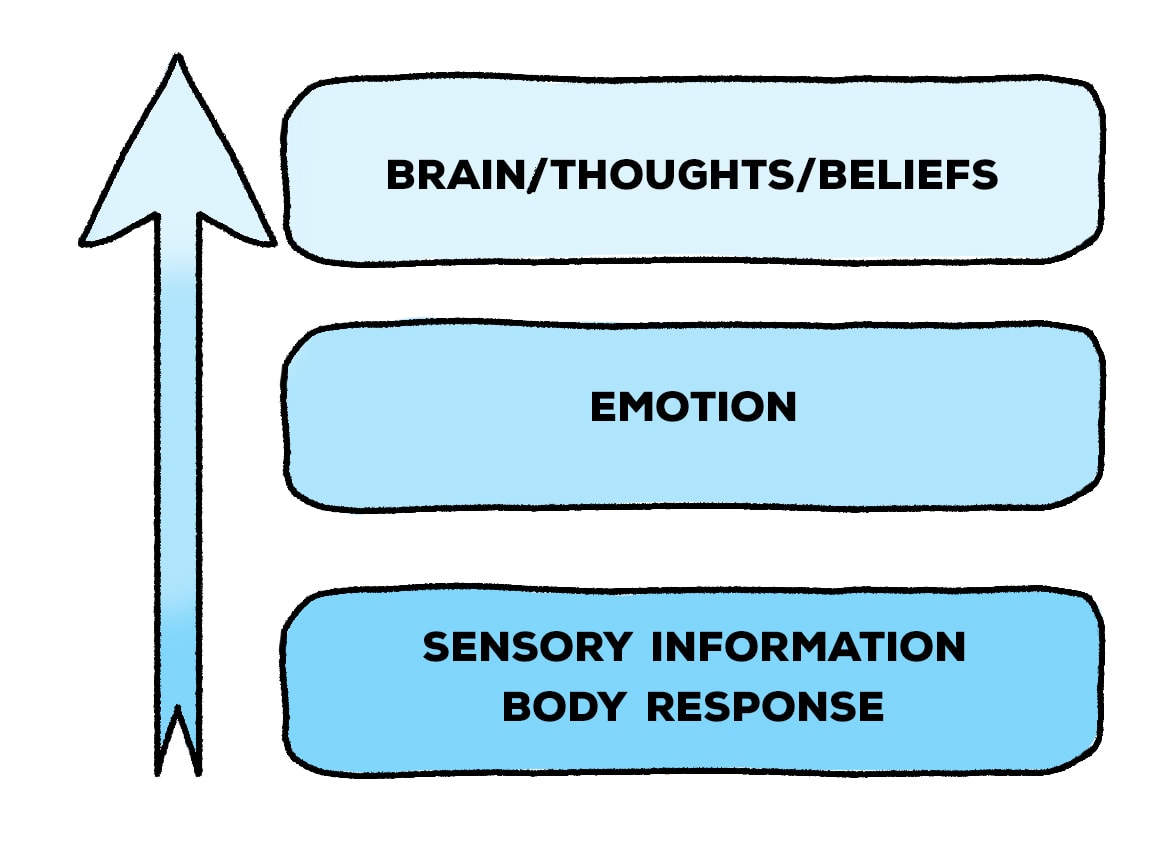Bottom-up processing is one type of processing of information in which the information is interpreted or understood starting with the smallest details and then moving to more complex concepts. This differs from top-down processing, which is based on forming an overall impression, and then trying to find evidence that supports this notion. For example, a person who is observing an urban street could first create an impression of the street is busy with noise, chaos, and chaos. To verify this hypothesis, they might then look for specific signs of this, for instance individuals pushing through crowds or hearing traffic noise emanating from nearby vehicles.

Bottom-up processing is more dependent on data, analytical and has been extensively studied with regard to cognitive tasks like memory and perception. It is also used in other aspects of our lives such as creativity and decision-making, such as art and design. Bottom-up processing, when used wisely and effectively can assist in solving issues and provide greater insight into complicated situations. Therefore, despite its negative connotations within academic circles bottom-up processing is extremely helpful in understanding the world around us, and our personal inner workings.
The brain’s intricate functions are at the core of all our actions and thoughts. This complicated organ plays an essential role in our ability to think, memory, mood and behavior. The brain’s functions are influenced by the process that is bottom-up. This is a particularly crucial mechanism. This describes how information is processed at the level of the individual neurons or nerve cells and then via interconnected neural pathways that ultimately influence higher cognitive processes like attention and perception. This process has been shown to affect memory in significant ways and learning. However, it can also be helpful in the treatment of conditions such as schizophrenia or Alzheimer’s. Thus, by better understanding the bottom-up process and its mechanisms and mechanisms, we might be able to unravel some of the mysteries underlying brain function, thus paving the way for the development of powerful new techniques in neuroscience and healthcare.
Bottom-up processing describes how data is processed by the brain. The top-down process is focused on integrating previous information and beliefs into the process of learning. Bottom-up processing is based on the input of raw data. Focusing on distinct elements in the learning process that range from the simplest vocabulary and sounds, to complex concepts and concepts, bottom-up learning has proven to be a highly effective approach for students of all levels.
Bottom-up processing has a significant advantage: it permits us to take a step back and examine each detail of information that we come across. This allows us to remain in the loop and inspired to learn new concepts, improve existing ones, or spot possible areas for improvement. Also, by highlighting how various components of information are connected through logical chains or networks This method helps us see how different parts can be connected to help our understanding at the deeper level. Bottom-up processing is a great way to become better learners and more effective communicators by engaging in bottom up processing.
For more information, click Bottom up processing